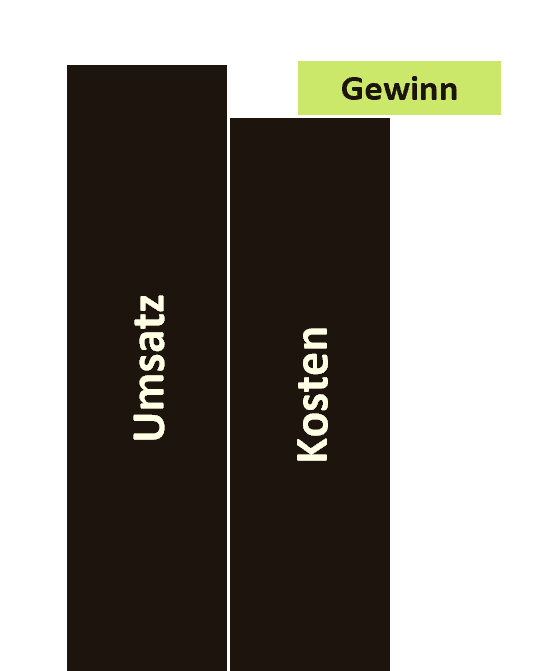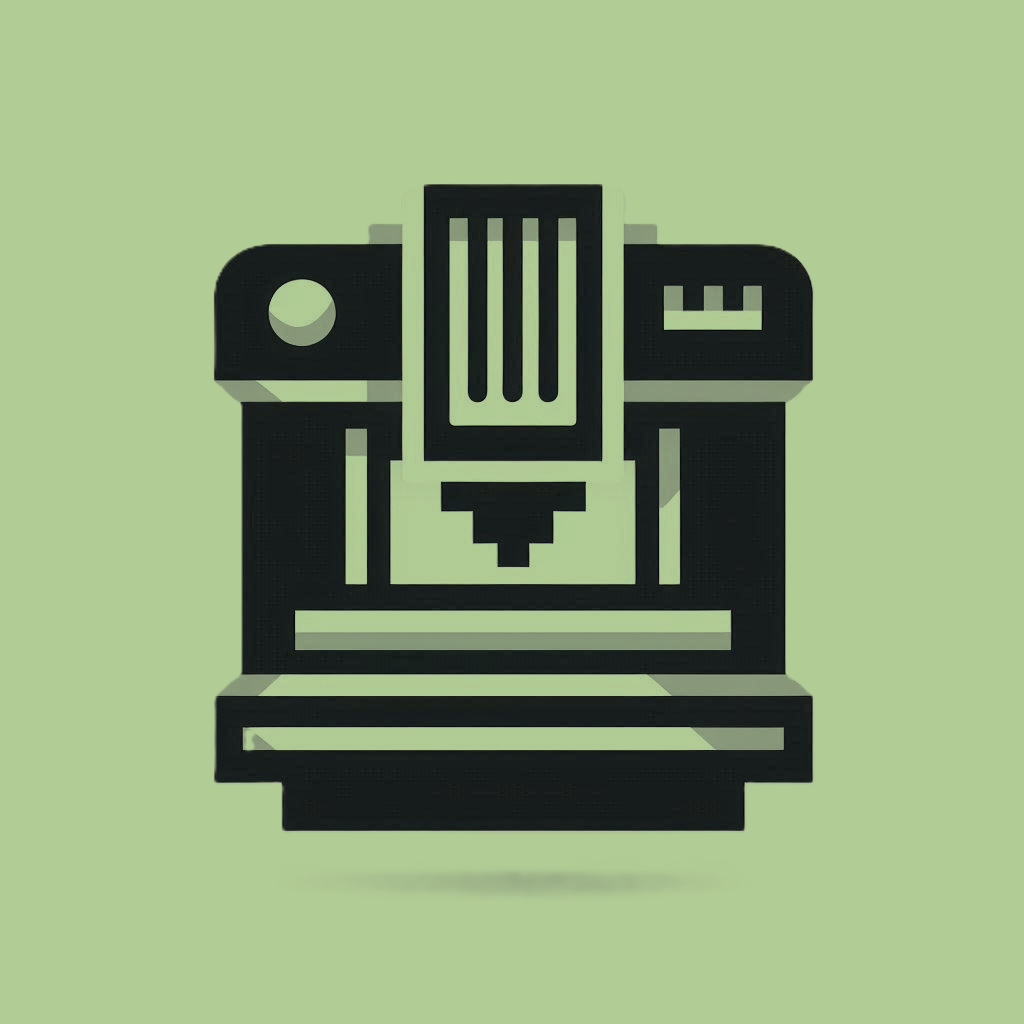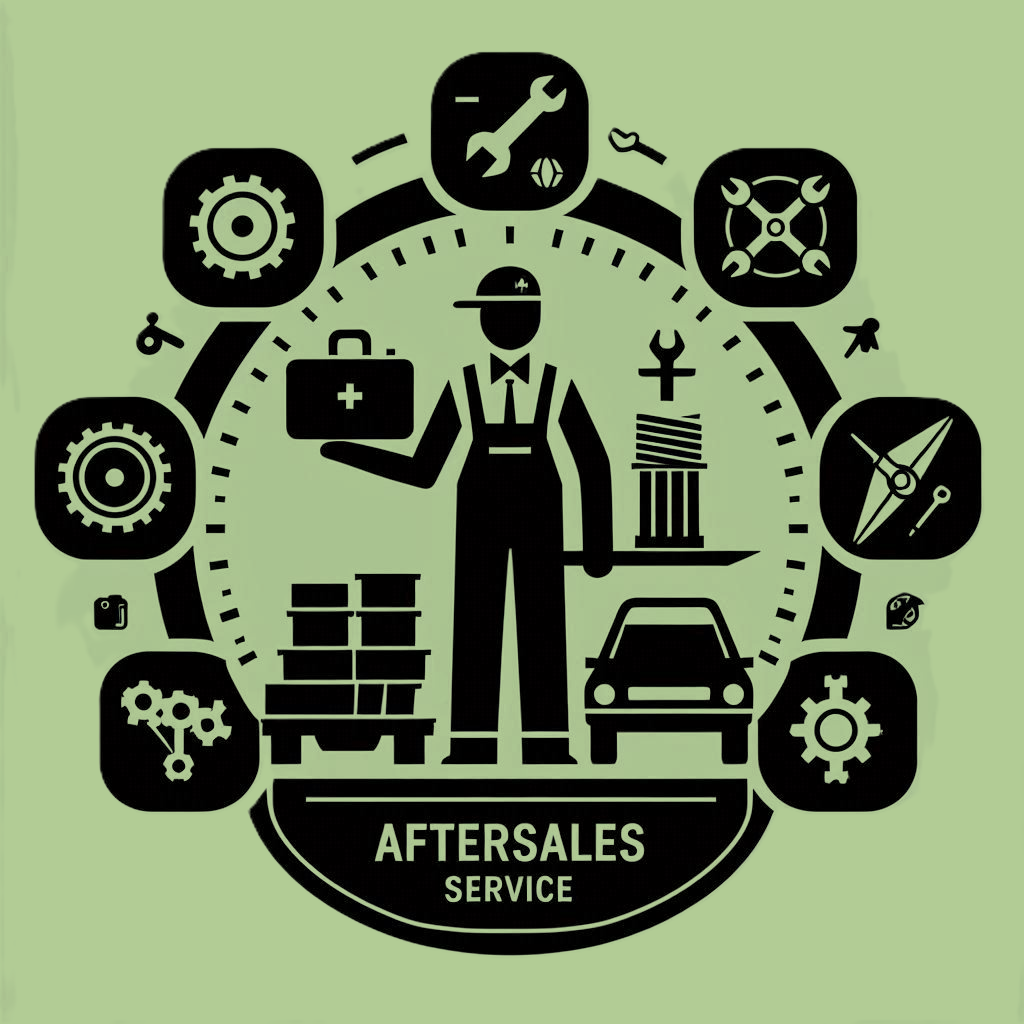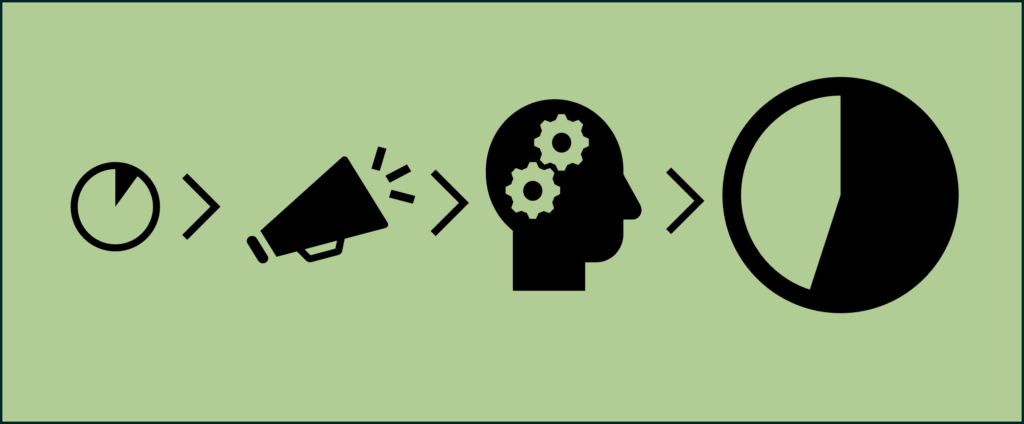What has the greatest impact on profit?
 Companies in the machinery and plant engineering sector report an average profit of less than 10%.
Small changes in revenue or costs can have devastating effects on profit — or they can turn the company
into an industry leader. Surprisingly, the selling price has by far the greatest impact. For
prices of services and spare parts, small adjustments in almost all industries have a negligible effect on
sold quantities.
Companies in the machinery and plant engineering sector report an average profit of less than 10%.
Small changes in revenue or costs can have devastating effects on profit — or they can turn the company
into an industry leader. Surprisingly, the selling price has by far the greatest impact. For
prices of services and spare parts, small adjustments in almost all industries have a negligible effect on
sold quantities.
What characterizes equipment sales?
 New sales in the machinery and plant business are often characterized by a limited number of projects per
year, each with a high average revenue per project.
As a result, it is common practice to negotiate the details of these projects rigorously with customers.
Although companies try to distinguish themselves from competitors through product features, the price
competition remains intense. This is the key difference compared to the service business!
New sales in the machinery and plant business are often characterized by a limited number of projects per
year, each with a high average revenue per project.
As a result, it is common practice to negotiate the details of these projects rigorously with customers.
Although companies try to distinguish themselves from competitors through product features, the price
competition remains intense. This is the key difference compared to the service business!
low standardization
high price pressure
What characterizes aftersales service?
 Typically, the service business consists of a multitude of small and very small orders, each generating
modest revenues. To ensure the swift processing of these orders, the service sector must be largely
standardized. Worldwide, it is usually only the company’s own service personnel that can deliver this
performance at the highest level. Consequently, there is essentially no real competition.
Typically, the service business consists of a multitude of small and very small orders, each generating
modest revenues. To ensure the swift processing of these orders, the service sector must be largely
standardized. Worldwide, it is usually only the company’s own service personnel that can deliver this
performance at the highest level. Consequently, there is essentially no real competition.
low price pressure
high standardization
How do I calculate spare parts prices smartly?
 In many companies, spare parts dominate service revenue. The most common method for calculating prices is
the so-called “markup pricing”:
In many companies, spare parts dominate service revenue. The most common method for calculating prices is
the so-called “markup pricing”:
List Price = Manufacturing Costs x Markup Factor
Markup pricing automatically adjusts the price when manufacturing costs rise. It is implicitly assumed that
the increased price will be accepted by the market. If this is the case, the price can be raised even
without higher manufacturing costs—after all, the selling price has the greatest impact on profit!
Occasionally, manufacturing costs also decrease—for example, through the use of alternative items or
through better-negotiated purchase prices. In such cases, the company immediately loses profit due to the
markup pricing method.
How can I make meetings more efficient?
 Who hasn’t spent hours or even days in pointless meetings that yield no tangible results? Well-paid
employees are gathered to solve a common problem. Everyone brings their own “picture” of the problem with
different perspectives and priorities, and each is affected in very different ways. Many even come prepared
with their own “solution”. This is precisely where many meetings veer off course.
Who hasn’t spent hours or even days in pointless meetings that yield no tangible results? Well-paid
employees are gathered to solve a common problem. Everyone brings their own “picture” of the problem with
different perspectives and priorities, and each is affected in very different ways. Many even come prepared
with their own “solution”. This is precisely where many meetings veer off course.
All too quickly, the battle over one’s own solution begins. It turns into a contest of who is right and who
is wrong. In the end, a few emerge as “winners” while the others leave the meeting feeling like losers.
However, if you can ensure from the start that everyone in the room shares the same vision of the
problem – incorporating all the diverse perspectives – the best solution for the organization usually falls
into place like a ripe apple from the tree!
Focus on identifying the problem first, not immediately jumping to a solution!
What is the psychological price trap?
 How do your customers perceive the service performance and its associated prices? The responses are often
surprisingly consistent: the prices are significantly too high for the service delivered.
How do your customers perceive the service performance and its associated prices? The responses are often
surprisingly consistent: the prices are significantly too high for the service delivered.
Typically, it is essentially a small group of customers that voices complaints. We hear this criticism far
more frequently than the size of the group would suggest. Moreover, such conversations are usually not
constructive and tend to stick in our minds, making us perceive this small customer segment as
representative of all customers.
Due to this simple effect, criticism of the service’s price-performance ratio is generally perceived as
much more severe than it actually is on average.
It should be explicitly emphasized that critiques of price and/or performance should never be taken
lightly. Nevertheless, a price reduction of 5% or 10% is unlikely to bring about a sustainable change.
